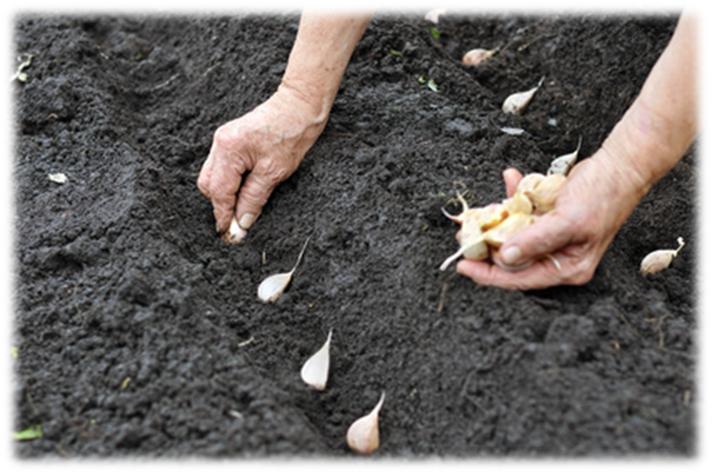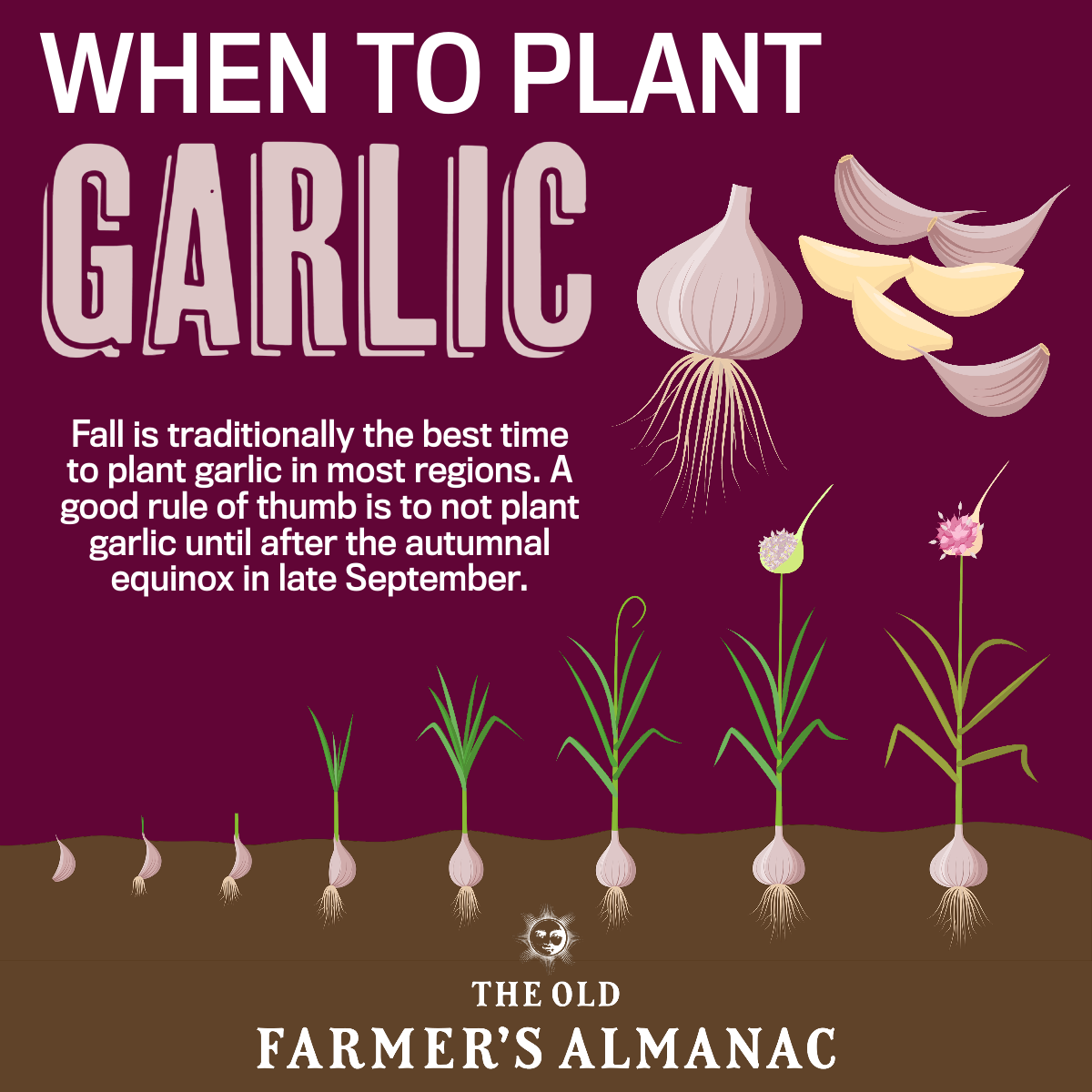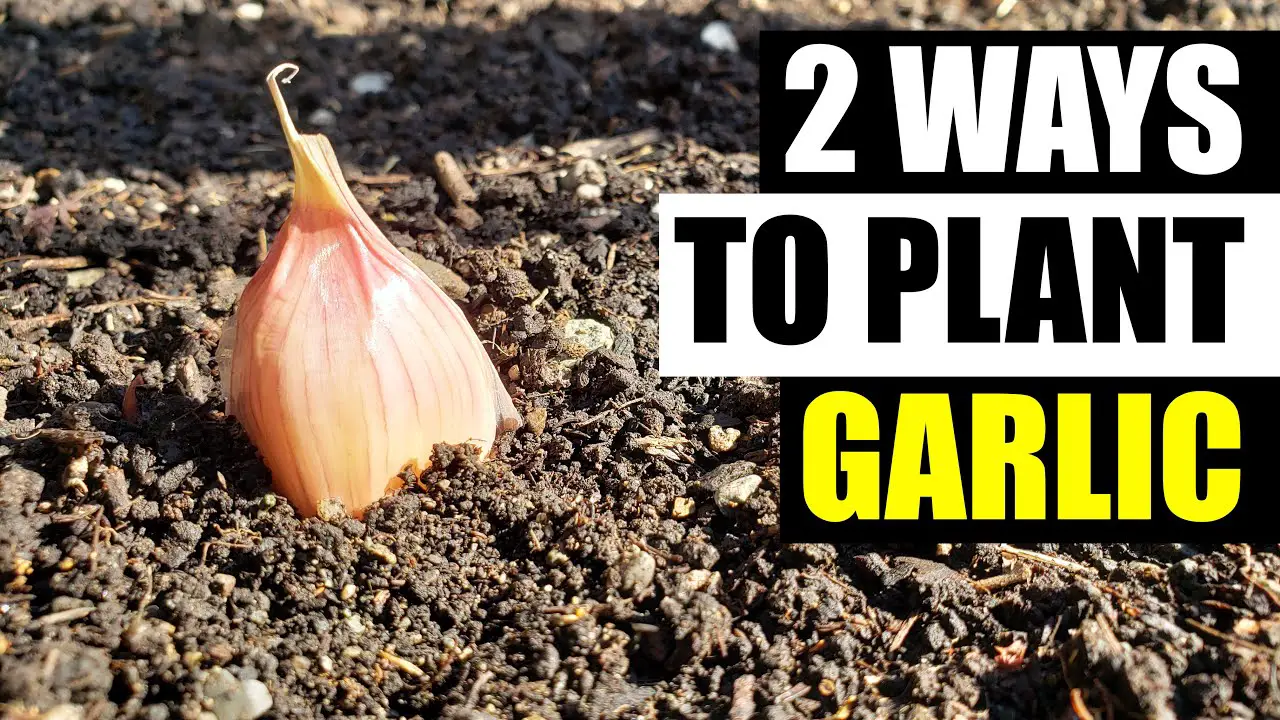Planting garlic isn’t just for seasoned gardeners. It’s simple and rewarding.
Garlic is a staple in many kitchens around the world. Its bold flavor and health benefits make it a must-have. Growing your own garlic ensures you get fresh, chemical-free bulbs. Plus, it’s easy to do, even for beginners. You don’t need a lot of space—just a sunny spot and some good soil.
In this post, we’ll explore the best ways to plant garlic. Whether you have a big garden or a small balcony, these tips will help you grow delicious garlic at home.
Choosing The Right Garlic Variety
Garlic comes in two main types: Hardneck and Softneck. Hardneck garlic has a stiff stem that grows through the bulb. It can handle cold weather better. Softneck garlic is easier to braid and store. It has more cloves per bulb.
Each type has unique flavors. Hardneck garlic tastes stronger and spicier. Softneck garlic is milder and more versatile in cooking. Picking the right type depends on your climate and taste preference.
| Type | Variety | Notes |
|---|---|---|
| Hardneck | Rocambole | Strong flavor, easy to peel |
| Hardneck | Porcelain | Large cloves, rich taste |
| Softneck | Silverskin | Long storage life, very mild |
| Softneck | Artichoke | Easy to grow, good for braiding |

Credit: garlicseed.ca
Preparing The Soil
Loosen the soil to at least 8 inches deep for planting garlic. Remove rocks and add compost to improve fertility. This ensures healthy root growth and better bulb development.
Soil Testing
Testing the soil is important. Use a soil test kit. Check for nutrients and pH levels. Ideal pH is 6.0 to 7.0. Testing helps you know what the soil needs. Healthy soil grows better garlic.
Amending The Soil
Add compost to the soil. Mix it well. Compost improves soil structure. It also adds nutrients. Sand can help if the soil is heavy. Sand improves drainage. Garlic needs well-draining soil. Add organic matter too. It helps retain moisture.
Planting Time
Fall is the best time to plant garlic. This season helps the garlic to grow strong roots before winter. Planting in fall gives garlic the time it needs to be ready for spring growth. Spring planting is possible but not as ideal.
Garlic prefers cool weather. Temperatures between 32°F and 50°F are best. Avoid planting during extreme heat or frost. Ensure the soil is well-drained and not waterlogged.
Planting Techniques
Garlic needs space to grow well. Plant each clove 4-6 inches apart. This gives roots room to spread. Place cloves 2 inches deep in the soil. Pointy side up. Rows should be about 1 foot apart. This helps in easy watering and weeding. Proper spacing ensures healthy bulbs.
Water garlic deeply but not too often. Soil should be moist, not soggy. Overwatering can cause rot. Water once a week if there is no rain. In dry periods, check soil more often. Mulch helps retain moisture. Keep an eye on the soil condition.
Caring For Garlic Plants
Weeds can harm garlic plants. They take nutrients and water. Remove weeds by hand. Do this gently. Pulling too hard can hurt garlic roots. Weeding should be done often. This keeps garlic healthy and strong.
Mulch helps garlic grow better. It keeps soil moist. It also stops weeds from growing. Use straw or leaves as mulch. Spread it around garlic plants. This protects them and makes them stronger.
Fertilizing Garlic
Plant garlic in well-drained soil with full sun exposure. Use compost and organic fertilizer for best results. Water regularly, but avoid overwatering to prevent rot.
Types Of Fertilizer
Garlic needs organic fertilizers. Compost and manure are great choices. They add nutrients to the soil. Bone meal can also be used. It provides essential phosphorus. Fish emulsion is another option. It is rich in nitrogen.
Application Schedule
Fertilize garlic before planting. Mix compost into the soil. Add bone meal at this time. Fertilize again in spring. Use fish emulsion for this. Apply every few weeks. Stop fertilizing when bulbs start to form.
Dealing With Pests And Diseases
Garlic can attract pests like onion maggots and aphids. Onion maggots are small, white worms. They eat the garlic roots. Aphids are tiny insects. They suck the sap from the leaves. Both pests can cause a lot of damage. Regular checks help catch pests early. Remove and destroy any infested plants. This keeps the rest of your garlic safe.
Garlic can get diseases like white rot and rust. White rot causes yellow leaves and rotten bulbs. Rust shows up as orange spots on leaves. To prevent diseases, rotate your crops. Avoid planting garlic in the same spot each year. Use well-drained soil. This helps keep the roots dry. Wet soil can lead to disease.

Credit: www.youtube.com
Harvesting And Storing
Garlic is ready to harvest when the leaves turn yellow. Pull the bulbs from the ground carefully. Let them dry for a few days in a cool, dry place. This drying process is called curing. Curing helps the garlic last longer.
After curing, trim the roots and leaves. Store garlic in a mesh bag. Hang the bag in a cool, dark place. Make sure the storage area is dry. Moisture can cause garlic to rot. Proper storage keeps garlic fresh for months.

Credit: www.almanac.com
Frequently Asked Questions
When Is The Best Time To Plant Garlic?
The best time to plant garlic is in the fall. Ideally, plant garlic 4-6 weeks before the ground freezes.
How Deep Should Garlic Be Planted?
Garlic should be planted 2-3 inches deep. Ensure the pointed end faces up and cover it with soil.
How Much Water Does Garlic Need?
Garlic needs about 1 inch of water per week. Water it regularly, but avoid overwatering to prevent rot.
What Type Of Soil Is Best For Garlic?
Garlic grows best in well-drained, fertile soil. Loamy soil with a pH of 6-7 is ideal for garlic.
Conclusion
Planting garlic can be easy and rewarding. Just follow the steps carefully. Choose quality cloves, prepare your soil, and plant at the right time. Water regularly but avoid overwatering. Watch your garlic grow and enjoy the harvest. Fresh, homegrown garlic adds flavor to any meal.
Happy planting and enjoy your garlic!

My mission is to help you bring the beauty of nature indoors with expert advice, detailed plant care guides, and creative design ideas.





Leave a Reply